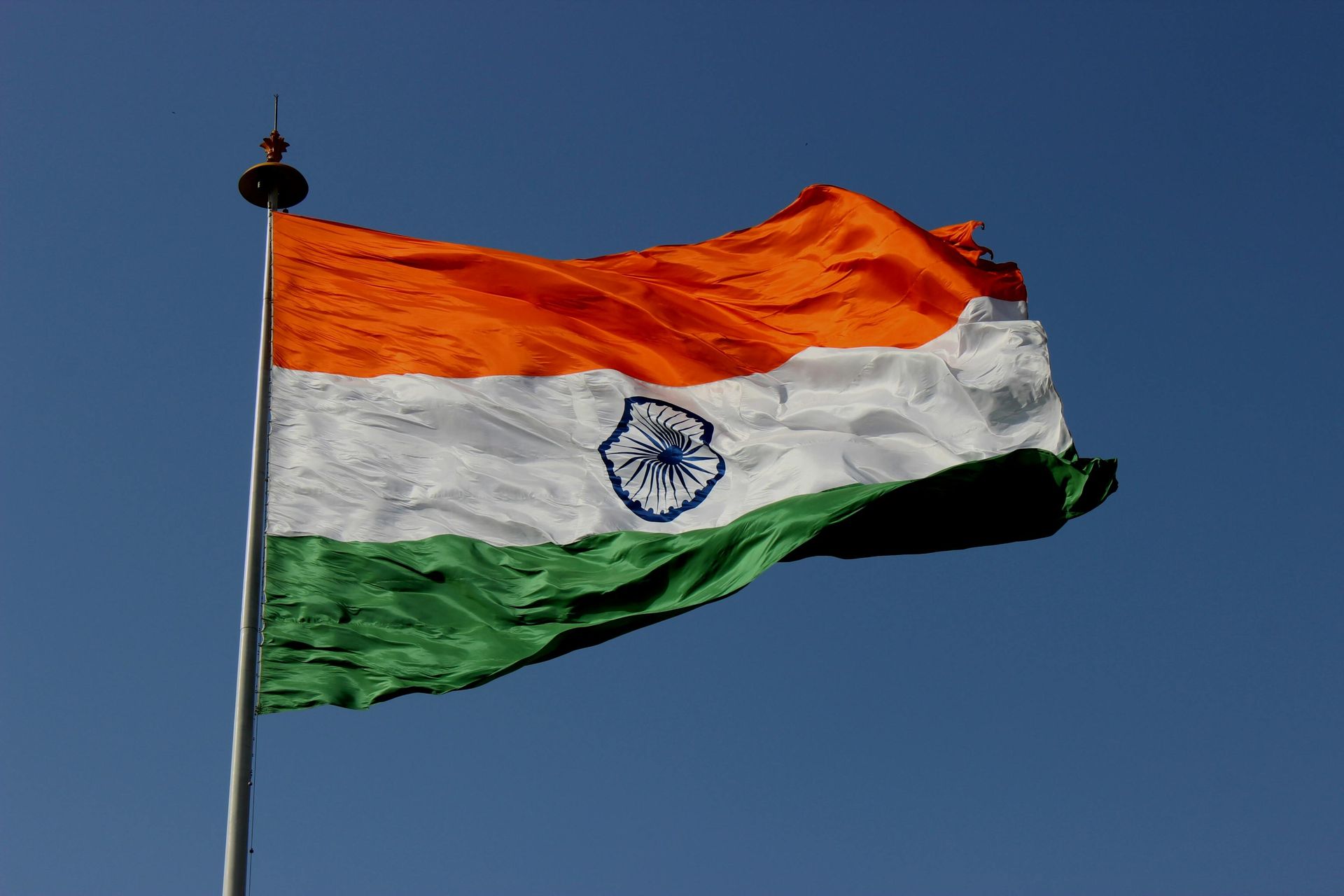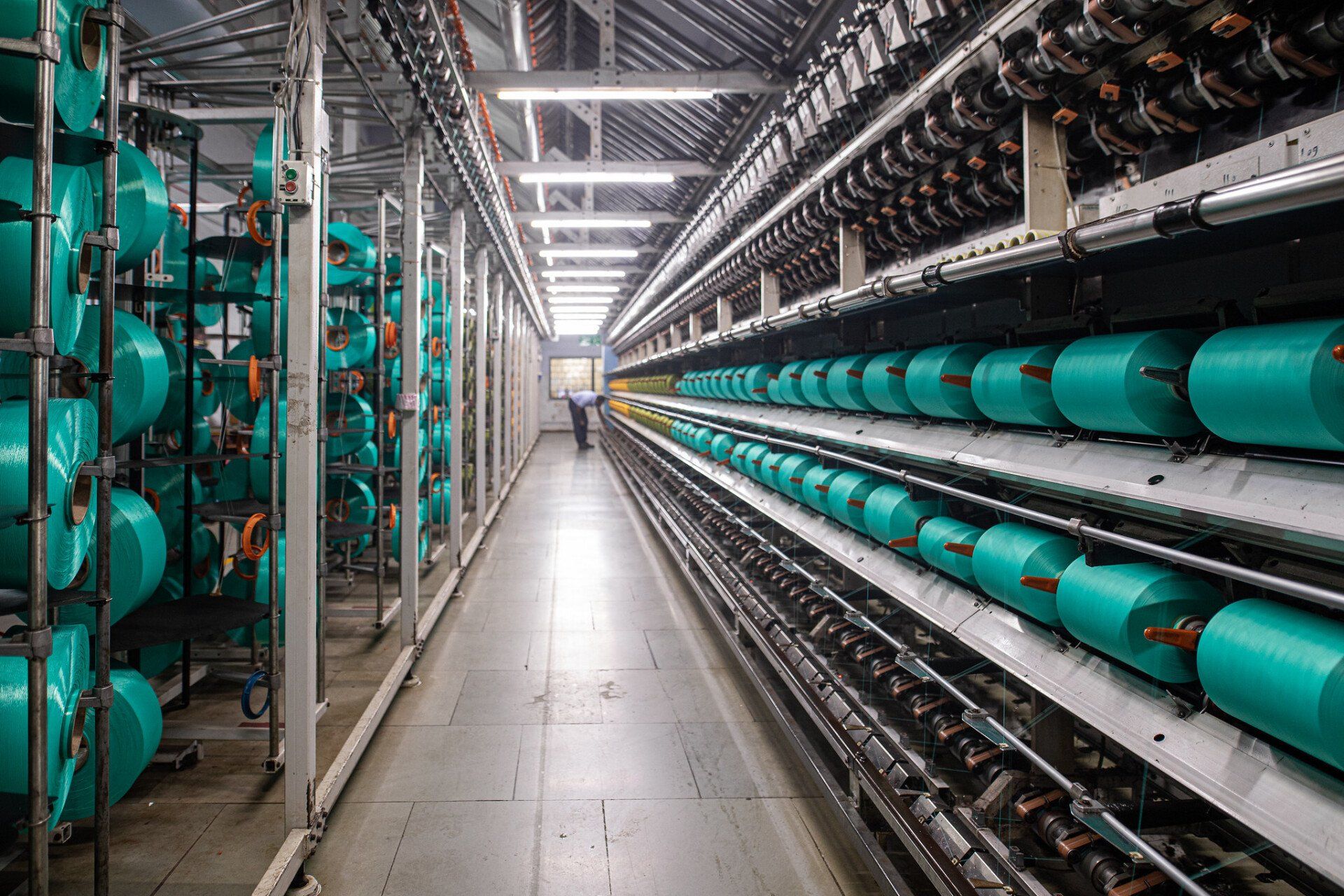Resilient Paths and Self-Belief: Lessons from Rushin Vadhani
In this episode of the Spinning Values podcast by Beekaylon Synthetics, hosted by Kartik, marketing expert, educator, and author Rushin Vadhani discusses crucial life lessons of resilience and self-belief that have shaped his career. The conversation explores his journey in the corporate sector, especially in marketing with companies like Aditya Birla Group and Reliance. Rushin also covers branding in the textile industry and the evolution of his career towards academia. His book 'Awesome I' emphasizes personal growth and overcoming challenges, offering valuable advice for young professionals. The podcast underscores themes of continuous learning, adapting to change, and connecting emotionally with one's audience.
You can get the book here:
https://amzn.in/d/4lkVJX8
https://www.flipkart.com/product/p/itme?pid=9789334331677
https://play.google.com/store/books/details/Rushin_H_Vadhani_Awesome_I_Inspire_the_real_you?id=In1-EQAAQBAJ



